This xBmt was featured on The Brülosophy Show!
Author: Martin Keen
As is the case with pretty much most foods, hops are known to be impacted by time– the older they get, the more they degrade. While best practice is arguably to use hops as soon after they’re processed and packaged as possible, brewers can retard this degradation process by reducing oxygen exposure and storing hops in a cold environment.
Still, some contend there’s a certain point, or age, at which hops ought not be used for fear of imparting unpleasant characteristics including cheesy flavors and harsh bitterness, as well as a lack of expected aromatics. Then again, others have claimed that when vacuum-sealed and kept in a freezer, hops maintain their freshness for upwards of 5 years.
Recently, I was cleaning out my hop freezer and discovered an unopened bag of Cascade hops from the 2017 harvest. Having never used hops of this age before, my first thought was to toss them and move on, but as a new contributor to Brülosophy, I knew better than that and picked up a bag of fresh 2022 Cascade for comparison in an American Pale Ale.
| PURPOSE |
To evaluate the differences between an American Pale Ale made with Cascade hops from the 2017 crop year and one made with the same hop variety from the 2022 crop year.
| METHODS |
I designed a simple Pale Ale recipe for this xBmt and opted to use a notably clean high alpha hop for bittering in both batches as a way to compensate for the alpha acid difference between the 2017 (7.2%) and 2022 (4.7%) Cascade, the goal being to keep the bitterness as similar as possible.
Organization Never Gets Old
Recipe Details
| Batch Size | Boil Time | IBU | SRM | Est. OG | Est. FG | ABV |
|---|---|---|---|---|---|---|
| 4.6 gal | 60 min | 43.8 | 7.8 SRM | 1.051 | 1.006 | 5.91 % |
| Actuals | 1.051 | 1.006 | 5.91 % | |||
Fermentables
| Name | Amount | % |
|---|---|---|
| Pale Ale | 8.375 lbs | 89.94 |
| Caramel Malt 20L | 9.98 oz | 6.7 |
| Wheat White Malt | 5.01 oz | 3.36 |
Hops
| Name | Amount | Time | Use | Form | Alpha % |
|---|---|---|---|---|---|
| Warrior | 15 g | 60 min | Boil | Pellet | 13.4 |
| Cascade | 15 g | 15 min | Boil | Pellet | 7.2 |
| Cascade | 25 g | 5 min | Boil | Pellet | 7.2 |
| Cascade | 25 g | 5 days | Dry Hop | Pellet | 7.2 |
Yeast
| Name | Lab | Attenuation | Temperature |
|---|---|---|---|
| Flagship (A07) | Imperial Yeast | 77% | 32°F - 32°F |
Notes
| Water Profile: Ca 125 | Mg 18 | Na 8 | SO4 300 | Cl 54 NOTE: the older Cascade was 4.7% alpha acid, resulting in a predicted IBU of 40. |
Download
| Download this recipe's BeerXML file |
I started by collecting identical volumes of RO water in separate Clawhammer Supply 240v eBIAB kettles.
After adjusting each set of water to the same mineral profile, I set the controllers to heat them up before weighing out and milling the grains.
With the waters properly heated, I incorporated the grains then checked to make sure the mashes were at my target temperature.
While the mashes were resting, I prepared the kettle hop additions.
Once the mashes were finished, I removed the grains then proceeded to boil the worts for 60 minutes, adding hops at the times listed in the recipe.
When the boils were complete, I ran the worts through a plate chiller during transfer to separate Spike FLEX+ fermenters, after which I took hydrometer measurements showing they were at a similar OG.
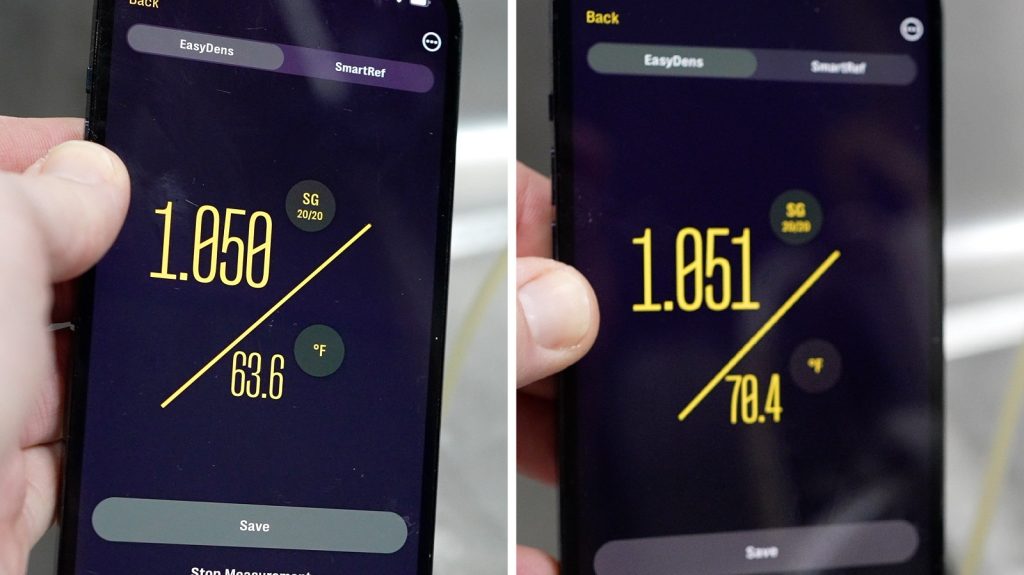
With the worts at my desired fermentation temperature of 68°F/20°C, I pitched a single pouch of Imperial Yeast A07 Flagship into each batch.
A week into fermentation, I added the dry hops to each beer.
After another 5 days, signs of activity were absent in both beers, so I took hydrometer measurements showing a minor difference in FG.
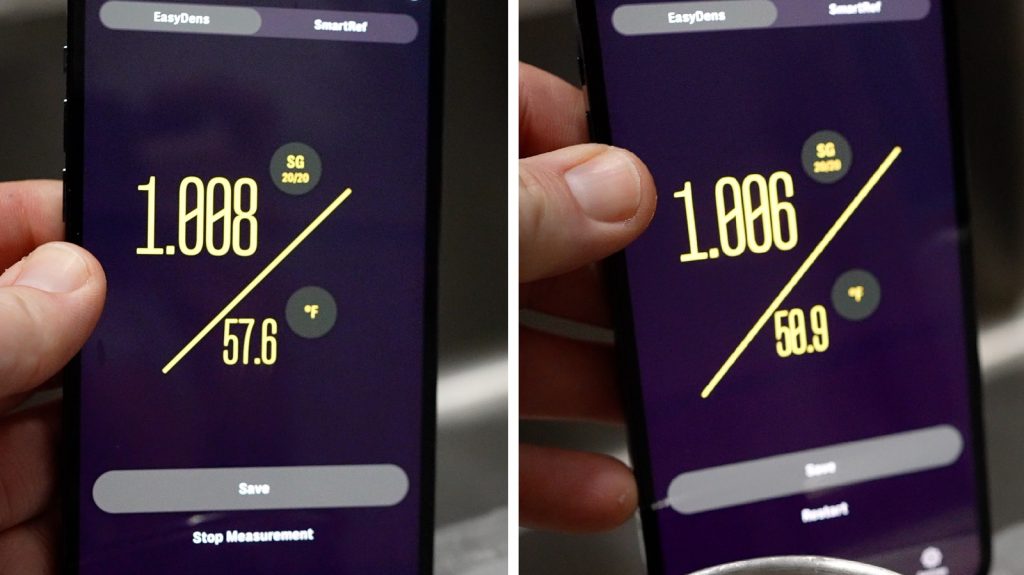
At this point, I transferred the beers to CO2 purged kegs and placed them in my keezer where they were burst carbonated overnight before I reduced the gas to serving pressure. After a week of conditioning, they were carbonated and ready for evaluation.
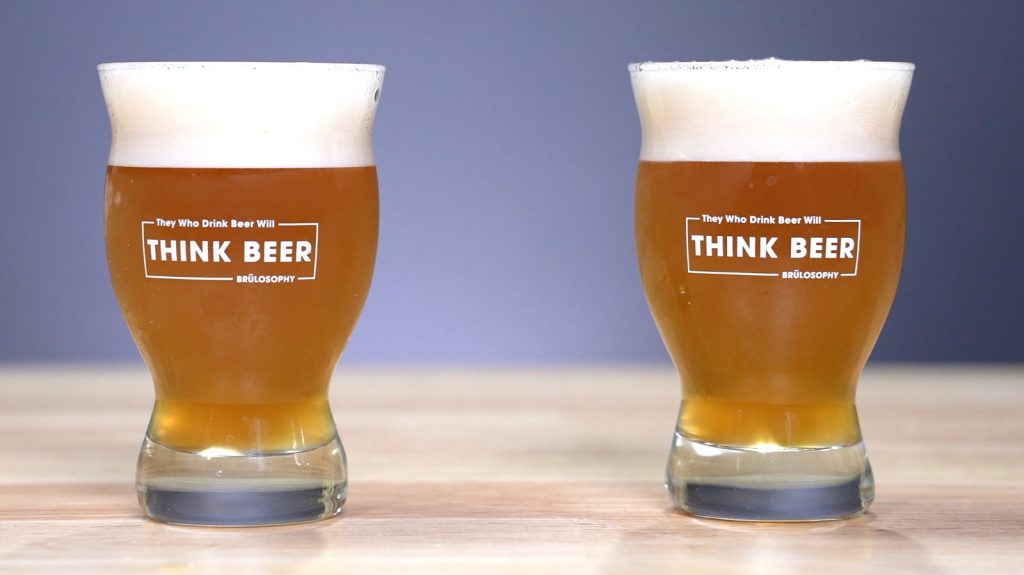
| RESULTS |
Major thanks to Whit Baker from Ancillary Fermentation for inviting me to collect data during a meet-up with other involved in the Raleigh, NC brewing industry! A total of 20 people of varying levels of experience participated in this xBmt. Each participant was served 2 samples of the beer made with old hops and 1 sample of the beer made with fresh hops in different colored opaque cups then asked to identify the unique sample. While 11 tasters (p<0.05) would have had to accurately identify the unique sample in order to reach statistical significance, only 9 did (p=0.19), indicating participants in this xBmt were unable to reliably distinguish an American Pale Ale made with Cascade hops from the 2017 crop year from one made with hops from the 2022 crop year.
My Impressions: Out of the 5 semi-blind triangle tests I attempted, I correctly identified the odd-beer-out 4 times. To me, the beer made with older hops had a slightly more bitter finish whereas the beer made with 2022 hops had a more well-rounded taste. I had a slight preference for the fresher hops, but the beers were more similar than they were different, and I enjoyed drinking both.
| DISCUSSION |
Ingredient freshness is something brewers of quality beer pay close attention to, especially when it comes to hops, which are known to degrade over time. Even when using methods to mitigate the rapidity of this degradation, many believe age alone can have deleterious effects on hops, which can lead to undesirable characteristics in beer. Interestingly, tasters in this xBmt were unable to reliably distinguish an American Pale Ale made with Cascade hops from the 2017 crop year from one made with hops from the 2022 crop year.
One possible implication of these findings is that the shelf-life of hops can be extended by employing proper storage techniques, which aligns with results from past xBmts on the same topic. Moreover, these results suggest certain hop varieties, Cascade in this instance, maintain certain aroma and flavor characteristics year-over-year, despite possessing different alpha acid levels.
While my ability to distinguish these beers in a series of triangle tests was pretty consistent, there’s certainly an argument to be made for the influence of bias, though I did feel the beers had some slight perceptible differences. Ultimately, I tend to use up hops fairly quickly and have no plans to intentionally age them, but should I find another bag that’s a bit long in the tooth, I’ll definitely forgo the urge to trash them.
If you have any thoughts about this xBmt, please do not hesitate to share in the comments section below!
Support Brülosophy In Style!
All designs are available in various colors and sizes on Amazon!
Follow Brülosophy on:
FACEBOOK | TWITTER | INSTAGRAM
If you enjoy this stuff and feel compelled to support Brulosophy.com, please check out the Support page for details on how you can very easily do so. Thanks!


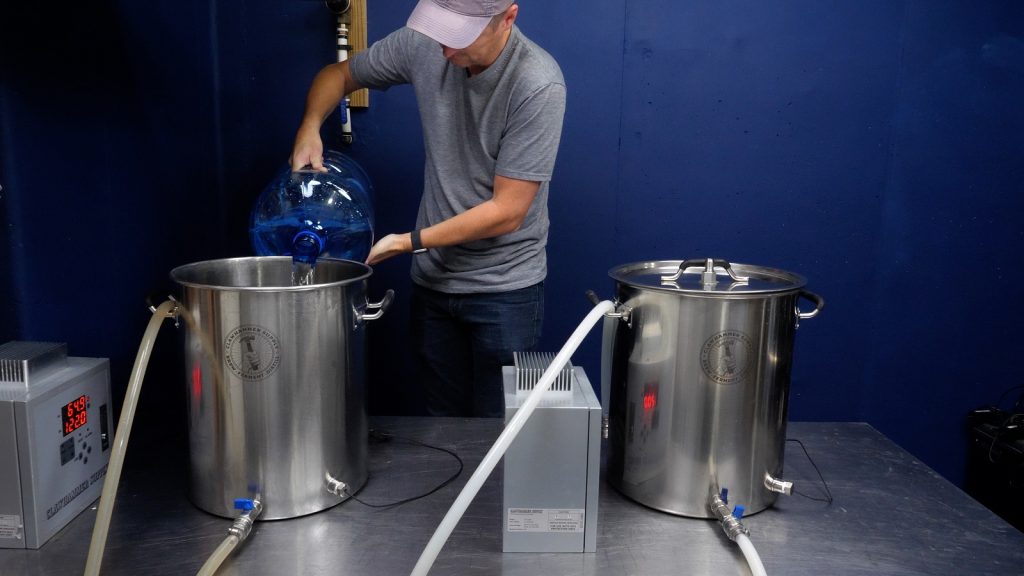
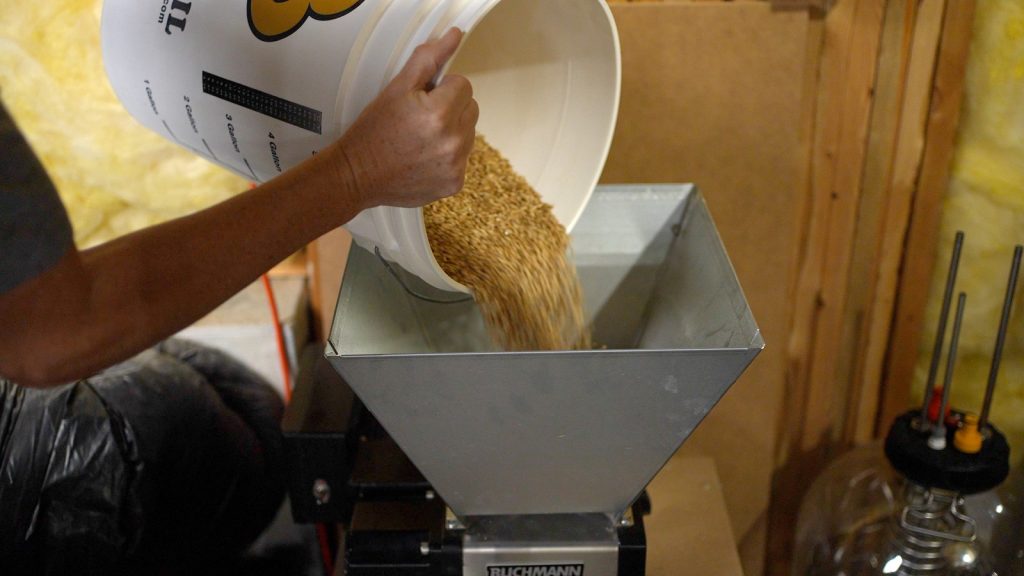
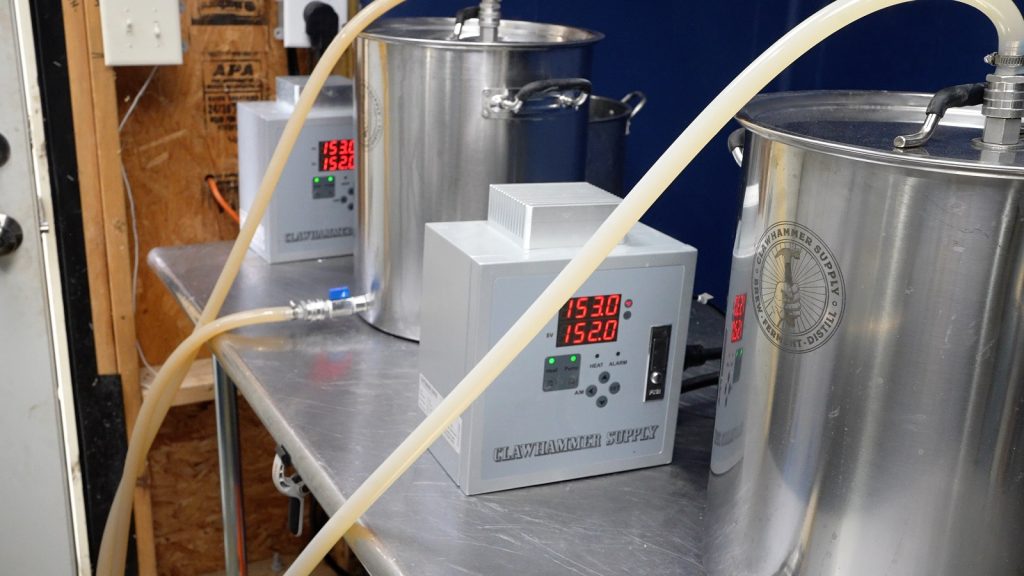
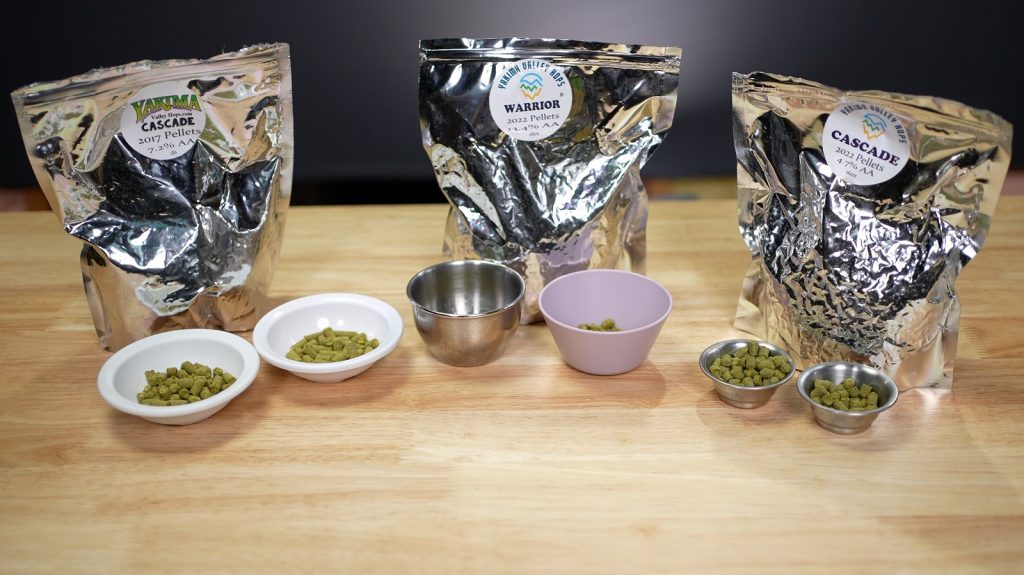
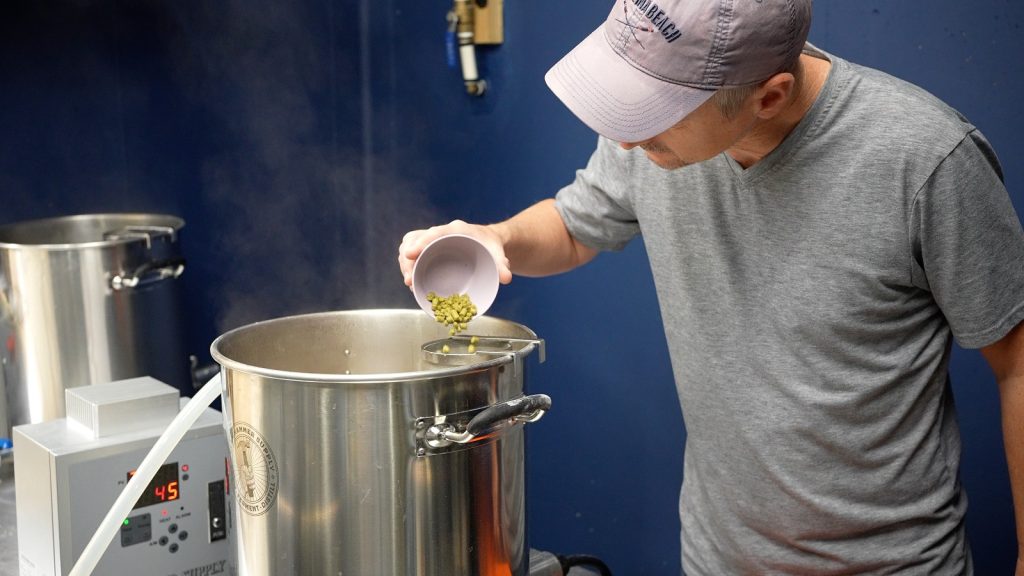
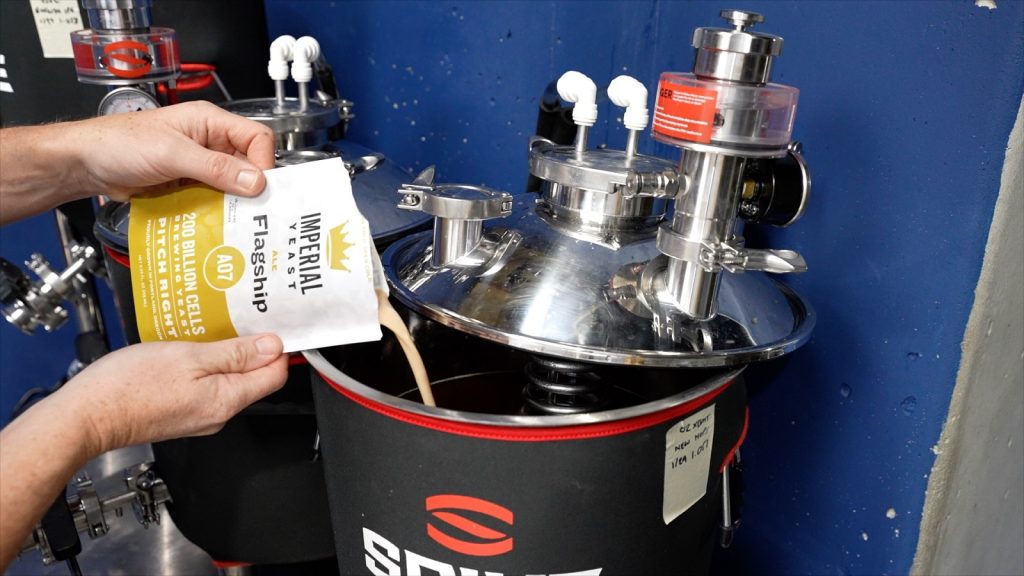
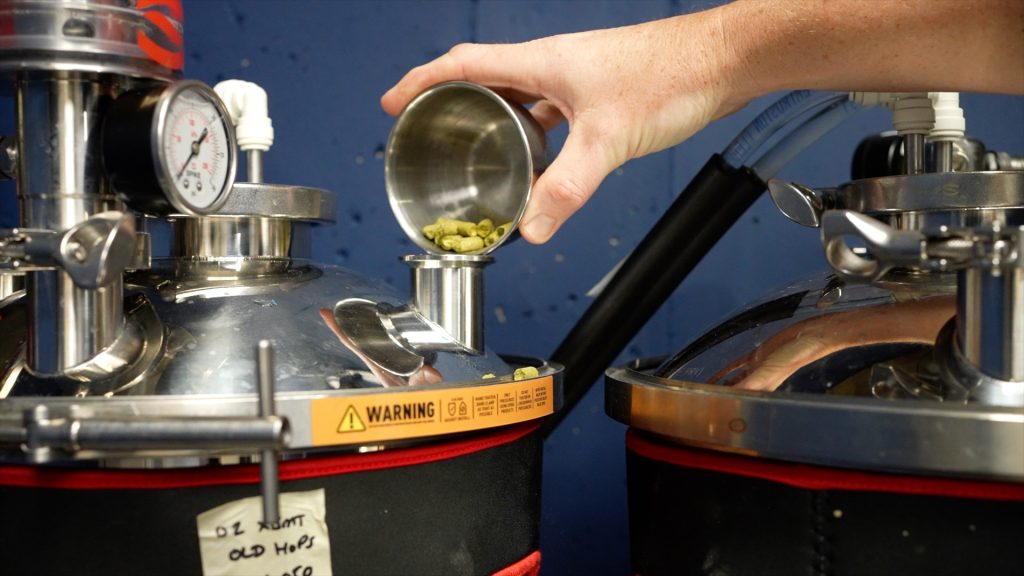











4 thoughts on “exBEERiment | Impact Using Old Cascade Hops Has On An American Pale Ale”
Would be worthwhile reading the hop harvest information concerning both harvest years as this has more of an impact on the way the hops will taste in the beer when they’re properly packed and stored.
As you noted the alpha acid was different between the two years which will be related to the growing seasons varying and why one beer was more bitter than the other.
Very interesting! I would love to see the same experiment utilizing brett yeast which are rumored to be able to remove some oxidation – I wonder if that applies to hops.
After watching the video my only question would be: Is it worthwhile to be blind to the correctness of your guess if performing multiple triangle tests in succession? I feel like not being informed of your guess is more like sampling multiple individuals in a row. It’s not like you tell your sample group the answer to their guess and then have them try again.
Another interesting outcome (at least to me) of the exbeeriment is Martin’s personal perception that the beer dosed with older hops seemed more bitter…”To me, the beer made with older hops had a slightly more bitter finish whereas the beer made with 2022 hops had a more well-rounded taste.” The opposite of this would be expected, given that Alpha Acids degrade over time.
However, the 2017 hops had a much higher Alpha Acid % compared to the 2022…”2017 (7.2%) and 2022 (4.7%)”
Not sure what IBU model was used, but the Tinseth Model, for example, has been shown to significantly underestimate late addition hops until about 20 mins. For a beer that is made with significant late additions (1 oz and 5 mins), when a moderate to high Alpha Acid hop is used (7.2%), actual vs expected IBUs could be significantly different. Which may be the reason behind the higher perceived bitterness of the old hop batch.
There is a modified Tinseth Model called mIBU, that adjusts the Tinseth for this shortcoming.